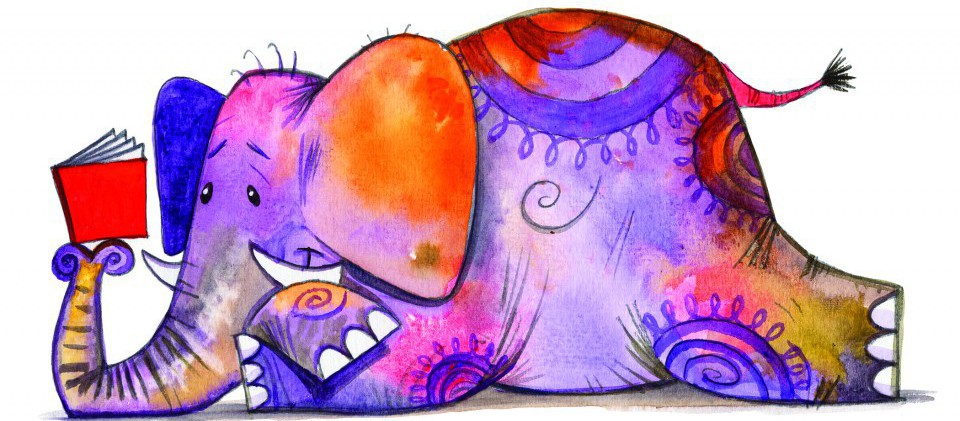Last weekend, I went back to my other half’s hometown to meet his extended family. And boy, it’s extended. We were celebrating his grandmother’s upcoming 90th birthday with a family reunion. That meant EVERYONE flew in, which was great! What was less great was the fact that my other half’s grandmother had 9 children. And all of them had a few kids, and many of those kids now have kids.
Suffice to say, the weekend was a little overwhelming (and also wonderful). But, as does everything, it got me thinking about my favorite book families.
- The Weasley Family, Harry Potter Series
>Okay, if I’m being honest, I was very pointedly going to leave the Weasleys out of this post because I need to get out of my HP comfort zone every once and a while. But as I thought more and more about the post, I just couldn’t do it. Outside of the obvious connection between the Weasleys and my other half’s gingerness, the fact is that my other half’s family provides ‘outsiders’ (i.e. me) the same warmth and love that the Weasleys gave to Harry and Hermione. Both large families, they care for each other even when the times get rough. Really now, who can hate the Weasleys (except for maybe the Malfoys). They’re a wonderful example of what a family can and should be – supportive, challenging, and exciting. There’s never a dull moment when visiting the Burrow! Truly a top notch literary family.

2. The Mirabal Family (aka La Mariposas), In the Time of the Butterflies
> I’ve talked about the Mirabal sisters once before for International Women’s Day. When they came up before, however, it was really about their strength, their mission, and the way Alvarez, the author of In the Time of the Butterflies, gave each a voice. This time, I’m talking families. And man, did La Mariposas cultivate a great one. They came from a tight knit family to start. Patria, Dede, and Minerva were all born within a year of each other, and Maria Teresa came 8 years after Minerva. The three eldest all went to school with each other, and Maria Teresa followed very closely in Minerva’s footsteps. Then, they cultivated a strong family with each other, even when they began to marry and have kids. When Patria, Minerva, and Maria Teresa were assassinated, Dede took in all of their children and raised them along with her own 3. If that’s not an incredible dedication to family, well, I don’t know what could be. These women were a part of a family that fought for their loved ones against a dictator, and 3 of them died for it. The other honored her sisters in the best way she knew how: keeping the family intact.

3. The Alden Family, The Boxcar Children series
> The Alden family is a great example of a “non-traditional” family. By non-traditional, I mean no parents. The four Alden children – Henry, Jessie, Violet, and Benny – are orphans who live, shocking, in a Boxcar. Eventually, they’re found by their grandparents and move to live with them (boxcar included!). Then, these kids, with the help of their grandfather sometimes, solve mysteries. Let’s be honest, the family that solves crimes together stays together. I loved this family when I was a kid – as someone who loved my grandparents, it was fun to imagine living with them all the time and solving crimes. When I was with my other half’s family last weekend, I got to see the true impact a grandparent can have. Almost 200 people came to a party for his grandmother’s 90th birthday! And most were family: her children/grandchildren/great-grandchildren, her siblings’ children,etc. and even her step-children and grandchildren. It was really an amazing sight.

4. The Darling Family/Lost Boys, Peter Pan
> Okay, so THIS is really a non-traditional family, seeing as how the Darling Family has a dog for a nanny, and Wendy Darling, still a child herself, becomes a surrogate mother for the Lost Boys. But, despite it being so non-traditional, I still thought it was a great literary family, and I love seeing surrogate families in literature, because it’s a fact that surrogate families exist in real life. While Peter Pan, in the actual book, isn’t as friendly as the one in the FANTASTIC animated Disney version, he’s still their leader and it’s still very obvious he cares about his Lost Boys. He watches over them and protects them from Pirates, and once Wendy gets to the island she cares for them in a way only a mother can. I loved reading this book, because it reminded me how strong friendships really straddle that line between friends and family – and also reminded me that at the end of the day, you really can go home.


So, those are 4 of my favorite literary families. It’s not uncommon in literature for families to be truly dysfunctional. Terrible families are a great source of conflict and let’s be honest, we’ve all had some family issues once or twice. But if we don’t remember and look out for the families who care for each other, who fight for each other, and who protect each other, then we’re not really reading realistically. Because these families exist, and while I love dysfunction, it’s nice to know that great families can still be found in books.
Who are YOUR favorite literary families, lovely readers? Let me know in the comments!
